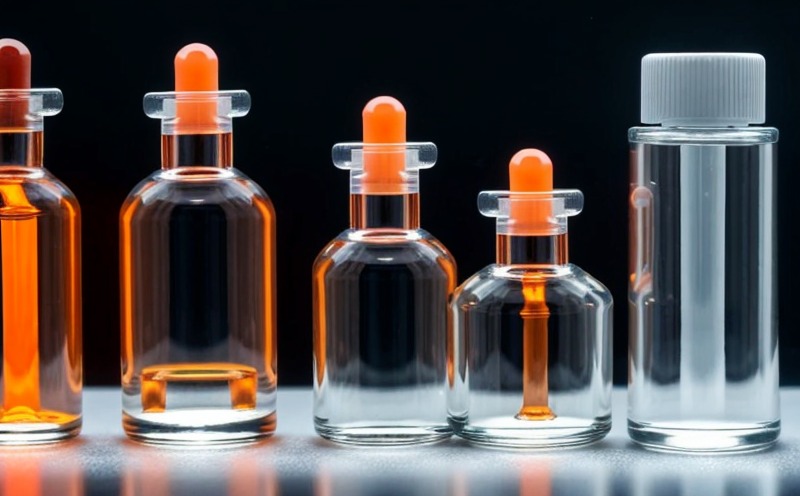DIN EN ISO 15089 Genotoxicity Testing of Nanoparticles in Mammalian Cells
Genotoxicity testing is a critical aspect of nanomaterials research and development, ensuring that potential risks to human health are identified before commercialization. The DIN EN ISO 15089 standard provides standardized methods for evaluating the genotoxic effects of nanoparticles on mammalian cells. This section outlines the scope, methodology, and significance of this testing protocol.
The test is designed to assess whether a nanoparticle causes DNA damage or mutation in mammalian cell lines. It is particularly important because nanomaterials exhibit unique properties that differ from their bulk counterparts, making them more prone to cellular interactions and potential adverse effects. This testing ensures that any new material is safe for use.
The procedure involves exposing cells to the nanoparticle under controlled conditions over a specified period. The cells are then analyzed using various assays to detect DNA strand breaks, chromosomal aberrations, or mutations. Commonly used cell lines include human lymphoblastoid (e.g., TK6) and rodent fibroblast (e.g., V79) cells.
Specimen preparation is crucial for accurate results. The nanoparticles must be dispersed in a suitable medium to ensure uniform distribution. This dispersion process can involve sonication, ultrasonication, or other methods depending on the stability of the material. Once prepared, aliquots are added to cell cultures at different concentrations to establish dose-response curves.
Instrumentation plays a vital role in this testing. Fluorescence microscopy is often used for detecting chromosomal aberrations and micronuclei formation. Flow cytometry can measure DNA content changes or assess sub-lethal damage. Comet assays provide direct visualization of DNA strand breaks within individual cells. Quantitative PCR (qPCR) may also be employed to quantify mutation rates.
Reporting follows strict guidelines outlined in the standard, including detailed descriptions of experimental conditions, results interpretation, and conclusions drawn from the data analysis. Compliance with these standards ensures consistency across laboratories worldwide, facilitating easier comparison and validation of findings.
This testing is essential for regulatory compliance and responsible product development. By identifying potential genotoxic hazards early on, manufacturers can mitigate risks associated with their nanomaterials. This not only protects public health but also fosters innovation by guiding safer design approaches.
Eurolab Advantages
- Expertise in Nanotoxicology: Our team comprises experienced scientists specializing in nanoparticle behavior and toxicity assessment.
- State-of-the-Art Equipment: We utilize advanced analytical tools like high-throughput screening systems and confocal microscopes to ensure precise measurements.
- Comprehensive Reporting: Our reports go beyond basic results, offering insights into mechanisms of action and potential health impacts.
- Regulatory Knowledge: Stay ahead of changing regulations through our continuous training programs led by industry experts.
- Prompt Turnaround Times: Experience less waiting than at many other labs thanks to efficient workflows and dedicated resources.
Why Choose This Test
- Better Risk Assessment: Identify potential genotoxic effects early in the development process, enabling informed decision-making.
- Enhanced Product Safety: Ensure compliance with international standards and regulatory requirements.
- Increased Confidence: Gain confidence in your product's safety profile through rigorous testing protocols.
- Accurate Results: Our lab uses cutting-edge technology to provide precise measurements that contribute to reliable conclusions.
- International Recognition: Get results accepted by global regulatory bodies, streamlining market access for your products.
International Acceptance and Recognition
The DIN EN ISO 15089 standard is widely recognized across Europe and beyond. Its acceptance in numerous countries ensures that the results from our testing are valid internationally, simplifying compliance processes for multinational corporations.
Our lab adheres strictly to these standards, guaranteeing consistent quality and accuracy. By choosing us, you ensure your data will be understood by regulatory agencies around the world, enhancing trustworthiness and credibility.





